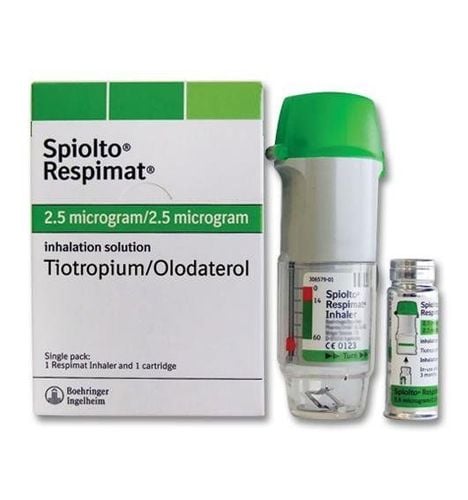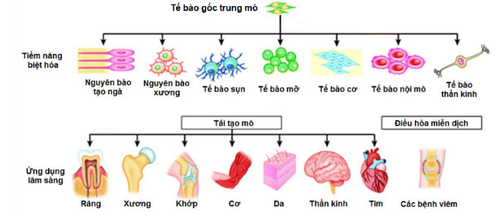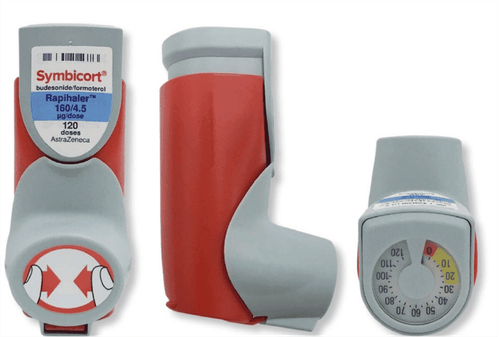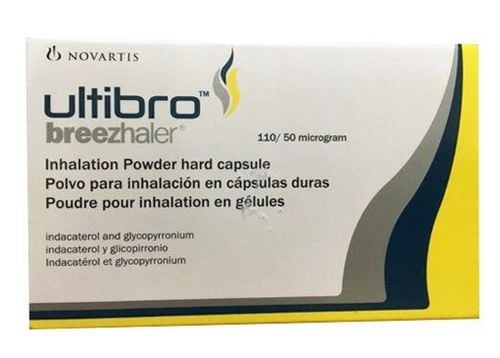This is an automatically translated article.
The article is professionally consulted by Master, Doctor Nguyen Huy Nhat - Department of Medical Examination & Internal Medicine - Vinmec Danang International General Hospital.
Chronic obstructive pulmonary disease is a chronic lung disease that alternates with exacerbations of various etiologies. Acute exacerbations of chronic obstructive pulmonary disease need to change the treatment regimen to ensure health to avoid respiratory failure and death.
1. What is an exacerbation of chronic obstructive pulmonary disease?
Chronic obstructive pulmonary disease is a disease characterized by persistent and progressive airflow limitation associated with an excessive and chronic inflammatory response of the airways and lungs to noxious particles and gases. This inflammation is permanent during the stable phase and increases (with significant change) as the patient enters the exacerbation.Exacerbation of chronic obstructive pulmonary disease causes many consequences for patients such as: Impaired quality of life, rapid decline in respiratory function, accounts for most of the treatment costs and is the main cause of death for patients. patient.
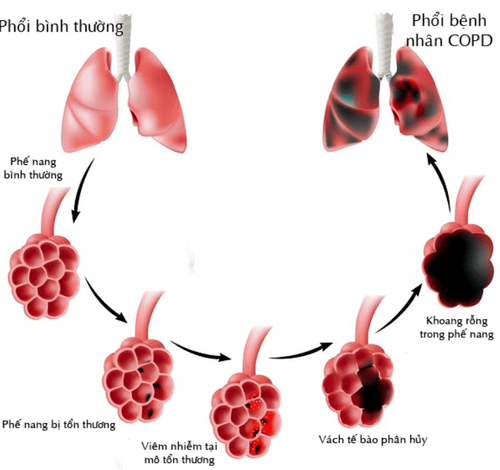
COPD tiến triển
2. Indicated cases of hospitalization
Symptoms markedly increase in severity of COPD in stable stage Cyanosis, fatigue Unresponsive to initial home treatment Other serious comorbidities New onset of cardiac arrhythmia3. Diagnosis of chronic obstructive pulmonary disease
3.1 Diagnosis of symptoms Increased dyspnea. Increase the amount of sputum. Change in sputum color: green, yellow and purulent sputum. 3.2 Diagnosis of the cause of an exacerbation The most common direct cause of an exacerbation is a viral or bacterial acute bronchopulmonary infection. Cold contamination, dust pollution, smoke, toxic gas. Improper treatment or drug use, sleeping pills, sedation. Appearance of another pathology: pulmonary embolism, heart failure, surgery (especially abdominal surgery, thoracic surgery). Metabolic disorders: Hyperglycemia, decreased potassium. Other infections (abdomen, brain). Unknown cause: 1/3 of cases.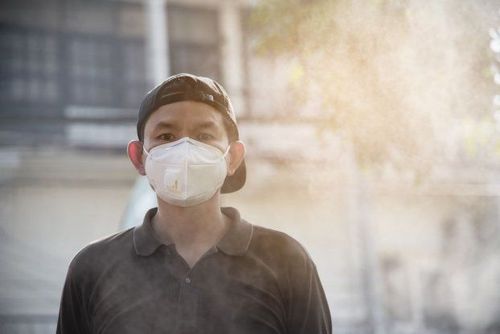
Bụi ô nhiễm không khí
4. Management of exacerbations of chronic obstructive pulmonary disease
4.1 Principles of management Ensure blood oxygenation Use bronchodilators Open airways Use antibiotics when necessary Treat comorbidities, prevent complications. 4.2 Initial management Give the patient oxygen if necessary Use a rapid local bronchodilator beta-2-agonist. May be combined with a rapid-acting parasympathomimetic agent nebulized or sprayed. Use antibiotics if superinfection is present during an exacerbation of chronic obstructive pulmonary disease. When there are symptoms: increased shortness of breath, increased sputum volume, purulent sputum. The choice of antibiotic is based on the type of bacteria likely to cause the exacerbation. Corticosteroids: Although inflammatory response is considered a key feature of an exacerbation and systemic corticosteroids are always recommended during an exacerbation to control this inflammation, there is virtually no definition of an exacerbation. refer to inflammation. Mechanical ventilation includes noninvasive ventilation and invasive ventilation as indicated Exacerbation of chronic obstructive pulmonary disease with critical respiratory failure.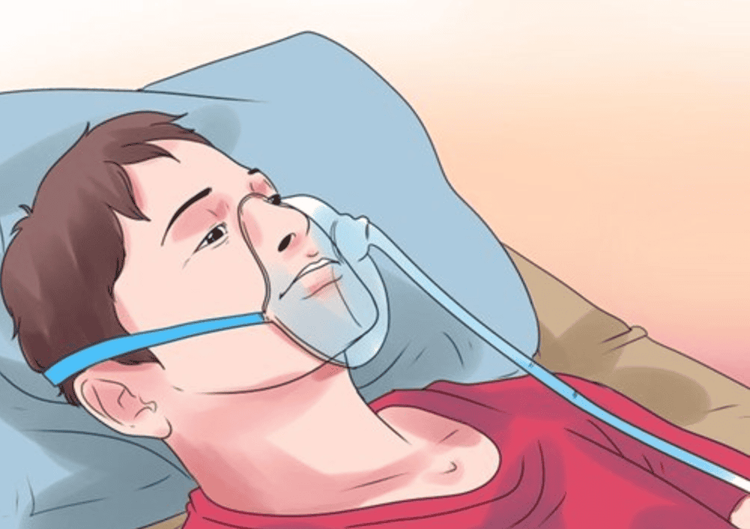
Người bệnh cần được thở oxy
5. Prevention of exacerbations
Avoid getting cold: Exacerbations often form in winter, so in winter avoid cold air as much as possible. If you must go out, cover your mouth and nose with a clean mask to maintain moisture and warm the respiratory tract. Staying warm reduces the severity and frequency of winter exacerbations. Maintenance of COPD Treatment: Maintaining treatment on a regular basis as directed, especially during cold days of winter, can help avoid and reduce the severity of exacerbations. In addition, it is necessary to have the skills to recognize severe symptoms and notify the doctor when necessary or immediately hospitalized. Get vaccinated against influenza and pneumonia. Actively vaccinated against influenza, and vaccinated against pneumococcal pneumonia. Because influenza and pneumococcal infections are predisposing factors for the onset of COPD exacerbations. Avoid contact with people who have the flu. Limit contact with flu patients or suspected cases. Avoid hospitals, crowded places, especially in closed rooms without ventilation. Having underlying respiratory conditions with COPD predisposes to the development of a COPD exacerbation. Hand washing is a simple but highly effective measure against germs. Before touching your eyes, nose or mouth make sure you wash or sanitize your hands carefully. Ensure personal hygiene, cover your mouth when sneezing, wash your hands often with soap, clean your nose and throat daily with salt water; keep the body warm, eat enough nutrients to improve the body.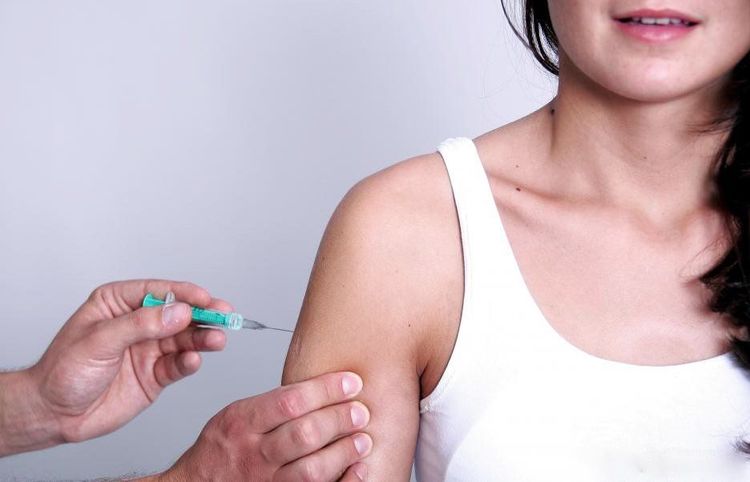
Chủ động tiêm phòng vắc-xin cúm và viêm phổi
Doctor Nguyen Huy Nhat has many years of experience in the field of respiratory disease treatment at Hue Central Hospital, Hoan My General Hospital, .. before being a doctor of General Internal Medicine Department of General Hospital. Vinmec Danang International
For advice and treatment of chronic obstructive pulmonary disease, patients can contact Vinmec International General Hospital at the nearest facility HERE.
MORE:
Tests to detect chronic obstructive pulmonary disease Symptoms and treatment of chronic obstructive pulmonary disease Mild fever, dry cough for 2 weeks is a sign of lung cancer right?







